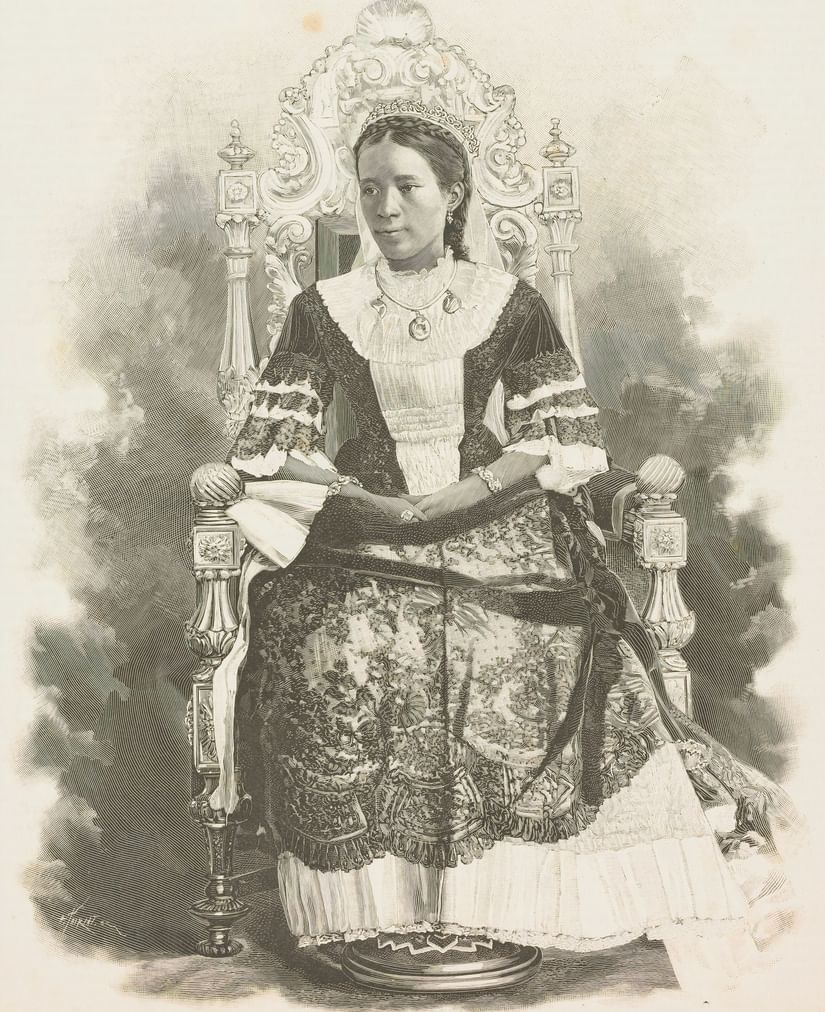- The White Lady Sings
- JEHAN NUMA’S “MAGNA CARTA” on its “HOSPITALITY ROOTS”
- Wild at Heart
- BHOPAL MON AMOUR
- Baloo the bear
- Bhopal: A neglected treasure
- Satpura – A magical wilderness
- Bhopal Through The Eyes of Time
- Satpura Safari
- Bhopal: A Neglected Treasure
- Exploring the Wilderness of Madhya Pradesh
- Farm to Soul
- Tribes of Madhya Pradesh
- The Reign of the 4 Queens of Bhopal
- Bhimbetka Caves - Glimpsing Into the Past
- Places to Visit in Satpura National Park
The City of Lakes, Bhopal, is one of the most serene towns in India. Known for its enthralling natural and artificial water bodies and tranquil surroundings, this city in Madhya Pradesh entices travellers from all over the world. During times of patriarchal rule, this kingdom celebrated the dynamic presence and governance of the 4 powerful Begums of Bhopal. Although the Nawabs of Bhopal were quite active, their wives’ chivalry and courage were crucial in protecting the estates against enemies like the Rajputs.
Qudsia Begum
(1819-1837)
After the death of nobleman - Nazar Muhammad Khan, his wife Qudsia Begum came to the forefront, making her 15-month-old daughter Sikandar the rightful heir. Qudsia Begum was appointed the regent, till her daughter was old enough to rule. This was also a power move by the Begum, who killed any chance of her daughter’s future husband to rule over her estate. She was a spirited figure in history and a force to be reckoned with. Some of the most intrepid things she did include playing mind games with rivals to protect her estate while breaking the barriers of being a Muslim woman.
After the death of nobleman - Nazar Muhammad Khan, his wife Qudsia Begum came to the forefront, making her 15-month-old daughter Sikandar the rightful heir. Qudsia Begum was appointed the regent, till her daughter was old enough to rule. This was also a power move by the Begum, who killed any chance of her daughter’s future husband to rule over her estate. She was a spirited figure in history and a force to be reckoned with. Some of the most intrepid things she did include playing mind games with rivals to protect her estate while breaking the barriers of being a Muslim woman.
Sikandar Begum
(1847-1868)
Sikandar Begum, the daughter of Qudsia Begum, kicked her reign off as the regent for the first 13 years. With an independent and fearless mother by her side, Sikandar Begum was trained in martial arts, knew how to play polo and sway swords. She was shaped to survive in a man’s world without letting patriarchy subdue her prowess. She proved to be highly competent, landing her the role of the commander of the army, where she inspected district offices. She also had a humanitarian side, which drove her to personally visit local villages and promote the welfare of her folk.
Sikandar Begum, the daughter of Qudsia Begum, kicked her reign off as the regent for the first 13 years. With an independent and fearless mother by her side, Sikandar Begum was trained in martial arts, knew how to play polo and sway swords. She was shaped to survive in a man’s world without letting patriarchy subdue her prowess. She proved to be highly competent, landing her the role of the commander of the army, where she inspected district offices. She also had a humanitarian side, which drove her to personally visit local villages and promote the welfare of her folk.


Shahjehan Begum
(1868-1901)
After the death of the enigmatic Sikandar Begum, her daughter, Shahjehan Begum became the rightful heir. She gave birth to her first daughter by the age of 30. She decided not to have any more children when the norms demanded a male heir. Shahjehan Begum was a feminist who uplifted culture and art during the Begum rule in Bhopal. She was a poetess who motivated other female poetesses to embrace the limelight. She also wrote the very popular Tahzib un-Niswan wa Tarbiyat ul-Insan, a reformist manual that is regarded as the first encyclopedia that highlighted women’s contributions and their status in Islam.
Sultan Jahan Begum
(1901-1926)
Sultan Jahan, the oldest Begum of Bhopal, had a fairly successful reign while tackling the estate’s divided loyalty. She had a strained relationship with her mother, which did not interfere with her ability to oversee a successful administration. She was a reformist at heart who developed several educational institutions to drive female tutoring. During her 25 years of rule, she negotiated brilliantly with the British government to keep her family’s interests intact and fulfilled.
Sultan Jahan, the oldest Begum of Bhopal, had a fairly successful reign while tackling the estate’s divided loyalty. She had a strained relationship with her mother, which did not interfere with her ability to oversee a successful administration. She was a reformist at heart who developed several educational institutions to drive female tutoring. During her 25 years of rule, she negotiated brilliantly with the British government to keep her family’s interests intact and fulfilled.
The Begum rule in Bhopal came to an end with Sultan Jahan’s son ascending the throne. The contributions made by these female Muslim leaders inspired a revolutionary chapter in feminism, empowerment and female rights in the colonial, male-dominated society.





